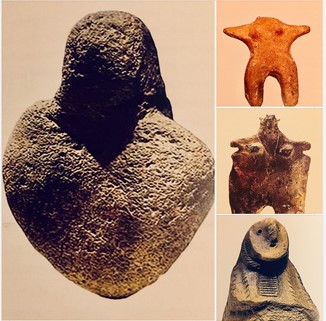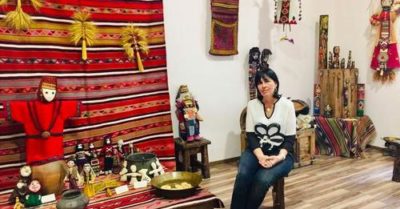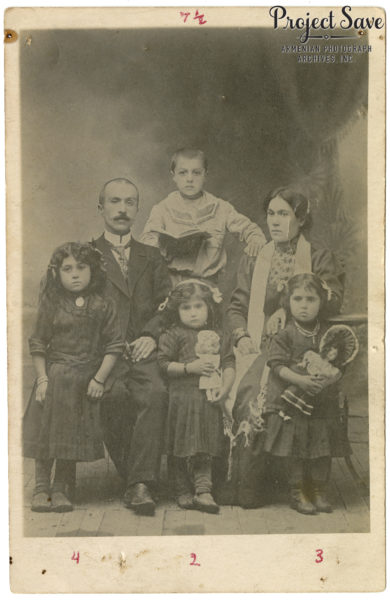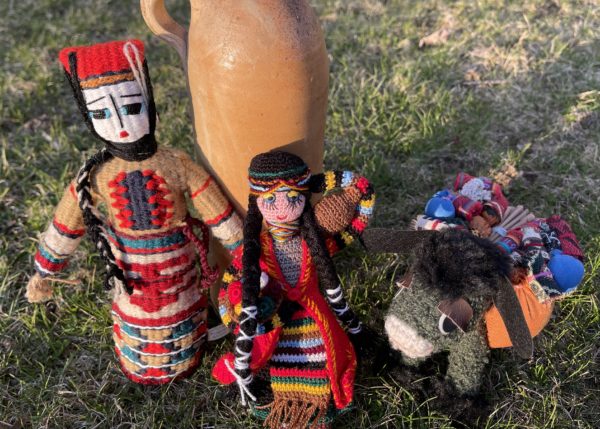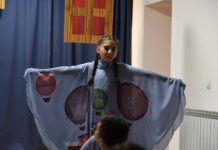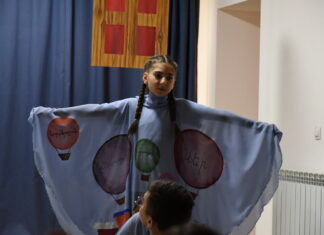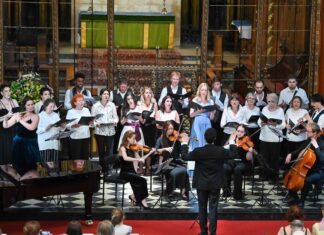By Victoria Atamian Waterman
Well-known doll collector and entrepreneur, Mildred Seeley founded World Doll Day on June 11, 1986, to spread a message that a common doll could be an instrument of world understanding. Since then, the tradition has been celebrated on the second Saturday of every June and encourages participants to give someone a doll, especially to a child that does not have one. There are many ways to observe #WorldDollDay from sharing a picture of your favorite doll on social media to learning about the history of dolls and the different kinds of dolls throughout the world. This coming World Doll Day, June 11, 2022, let’s celebrate Armenian dolls and figurines that have played an important role in educating and preserving the rich traditions and rituals of the Armenian culture and history.
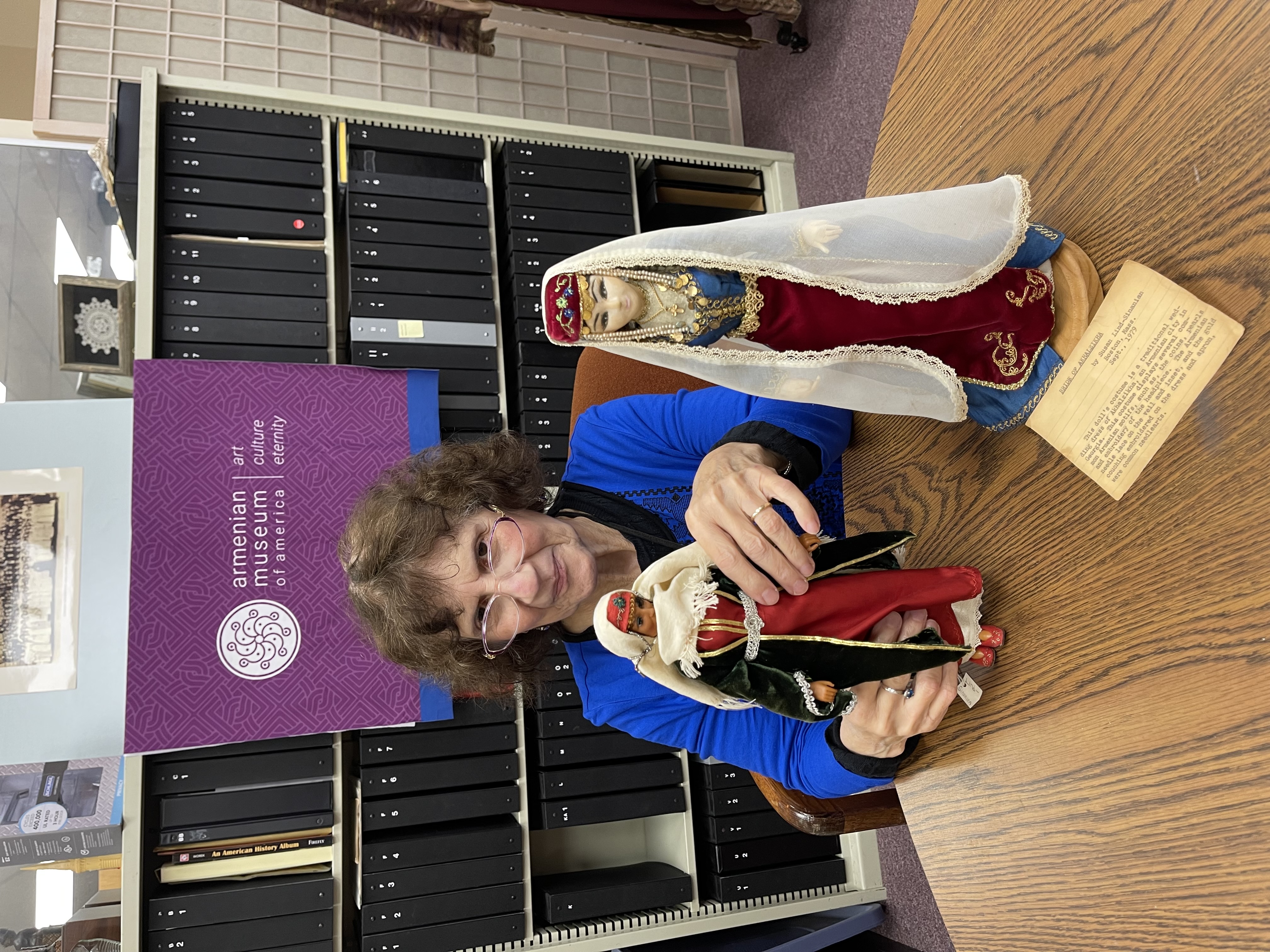
Armenian Dolls Date Back to Ancient Times
Marina Khachmanukyan believes that a doll is not just a toy, but an informative cultural and historical object and a symbol of time and era. Marina is an expert doll curator at the Museum of History of Yerevan and the initiator and founder of the first gallery of dolls in Armenia. According to Marina, there is interest of dolls all over the world, yet Armenian dolls are not well represented. As an archeologist and art historian, this troubled Marina and inspired her to launch a Life of Dolls virtual museum. Marina states “Dolls are unique guides that can tell us about some of the most fascinating fragments of our history.”.
Armenian dolls can be traced back to archaeological excavations in Armenia where anthropomorphic figures were discovered. These figures, which have a cultural significance and a direct relation to rituals, can at the same time be considered as “ancestors” of Armenian dolls. The widespread findings of female origin in ancient times are explained by the fact that fertility and reproduction of life is of spiritual divinity, as in many ancient cultures.
Human-like figures and dolls, that are well known in Armenian ethnography, can be categorized by ceremonial purposes, according to “The Popular Armenian Feasts, Rites/Ceremonies with Dolls/Dances” by Jenia Khatchaderyan. “Dolls are associated with a wide range of rituals, remedies, and superstitions. There are rituals and dolls that ward off the evil eye; warrant the good intentions of mothers-in-law, fertility, and protection of brides; dolls who are left or buried in cemeteries for the purposes of healing through divination, ceremonial dolls associated with spiritual devotion; and goddesses of mother nature.”
